Building daily art habits can seem hard.
Sticking to a habit can feel tough when you’re so busy dealing with your job or schoolwork, house chores, friends and family, obligations, etc.
The struggle to improve yourself is real. Nevertheless, the good thing is that it’s definitely possible to create a daily art practice that feels fun and rewarding.
You just need the right strategy to create a solid system that works.
That’s why, in this popular blog post, I’m sharing with you 7 effective habits to help you:
- Identify your art goals so you can set up a practical system that keeps you accountable
- Develop self-discipline and hold yourself accountable so that you implement these new art habits successfully
- Take personal responsibility and aligned action to accelerate your creative growth
By the time you’re done reading, you’ll understand which daily habits you should adopt to set you up for success with your art.
DISCLOSURE: This page contains affiliate links. If you make a qualified purchase using any of the links, I’ll earn a small commission at no extra cost to you. I appreciate every sale because it allows me to create free content to promote the growth of this website.
Table of Contents
What Are Daily Art Habits?
First of all, you need to understand what a habit actually is.
A daily art habit is a behaviour pattern that’s entrenched in your artistic routine. Some habits are good whereas other habits are bad. As a successful artist, the goal is to get rid of bad habits and develop good artistic habits.
It should be noted that habits can be positive and healthy, or negative and self-destructive. It all depends on what kinds of habits you form.
According to studies, it takes as little as 3 weeks or as long as more than 2 months to form the basis of a new habit.
How Can I Make My Art a Habit?
First of all, you need some basic tools and materials in order to develop a daily art practice.
The following list suggests a few drawing and watercolour supplies that you will need at a bare minimum:
- A sketchbook (I use the Canson XL Mixed Media Sketchbook)
- A pencil (I use the Staedtler Mars Lumograph pencils)
- A pen (I use the black Copic multiliners)
- An eraser (I use the Faber-Castel kneadable erasers)
- Coloured pencils (I use the Faber-Castel Polychromos)
- Watercolour paints (I use the Winsor & Newton Cotman set)
- Watercolour paper (I use Arches 100% cotton paper)
- Watercolour brushes (I use the Silver Black Velvet brushes)
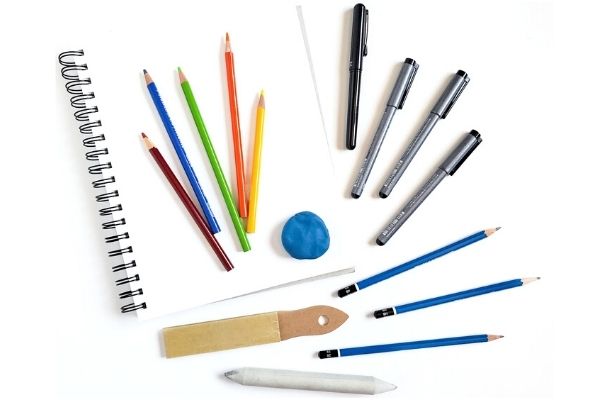
1. Identify Your Art Goals
One of the best ways to form daily art habits is to first understand what you end goals are. In other words, begin with the end in mind.
For example, if your goal is to learn about the fundamentals of colour theory, you must acknowledge that as your primary goal.
Or perhaps your primary objective is to fill up a sketchbook every 2 months. Then you need to write that goal down and make a commitment to work towards accomplishing it a little bit each day.
Next, you need to understand that habits are easier to create when you start off small.
For example, your daily art goals can start off with painting with watercolours for 15 minutes every other day. Then, the goal can evolve over time as follows:
- June: Paint for 15 minutes every other day
- July: Paint for 20 – 25 minutes everyday
- August: Paint for 30 minutes everyday
Note: If you’d like to learn more about improving your watercolours, check out this article to learn how to develop good watercolour habits.
The above example is for demonstration purposes. In reality, you can customize your goals however you like.
The important takeaway is to not overwhelm yourself with a huge unattainable goal at the beginning because it can feel overwhelming.
So start off with bite-sized goals first. Achieve them, and then expand upon them to work up to larger long-term goals.
2. Join an Art Education Platform
Once you’ve identified your art goals, you need to take action in order to achieve those goals.
The best way to stay motivated to create art is by joining an art education platform where you have access to dozens upon dozens of art courses that you can enroll in.
In my experience, Foxsy is a wonderful art education platform.
I believe in Foxsy’s mission so much that I’ve partnered with them for several years. For full transparency, I’m an art instructor and I teach fun and exciting live classes every month on Foxsy.
Our goal is to make art education as accessible and affordable as possible for artists like yourself.
When you join an online learning platform like Foxsy, you reap the benefits of:
- Accessing the entire library of art courses that cover topics such as watercolour, bullet journaling, lettering, and more
- Being taught by professional artists who’ve designed their courses to help students develop a confident artist mindset
- Watching high-quality video lessons that provide step-by-step tutorials for you to complete at your own pace
Nowadays, there’s never been a better time to take advantage of online learning. So, are you ready to invest in yourself and your art?
After all, you have what it takes to succeed and make beautiful art.
So I encourage you to check out Foxsy’s classes, memberships, and art Academies!
3. Use a Calendar and Habit Tracker
I’ve used both a calendar and a habit tracker to monitor my daily art habits. And let me tell you this: they’re really great productivity tools.
Essentially, you want to block out time on your calendar in advance so that you know when you’ve dedicated time to practice your art.
First, identify on which days you’ll practice art. Then, identify the amount of time you believe is necessary to develop your art skills.
Once you have decided on these 2 important factors, make sure you’ve chosen a place where you are going to create art every day.
Studies have shown that working in a familiar environment each day promotes better productivity. If it’s a quiet, calm, or comfortable environment, it’s even better for your focus and concentration.
To summarize, you need to:
- Determine how many times a week you want to dedicate to your daily art practice
- Decide how much time you have to practice your skills each day
- Find a comfortable environment where you’re going to create art
- After you’ve completed your goal for the day, mark it on your habit tracker. Watching the days fill up will motivate you to keep working towards your goal
A useful productivity hack that I learned is to follow productivity YouTube star Matt D’Avella’s 2-day rule.
Essentially, he explains that it’s okay to take occasional breaks from your habit. We’re only human, after all, and sometimes we need time to recharge our creative energy.
However, to maintain continuous momentum, you should never take off more than 2 days in a row from your habit. Otherwise, it will become a lot easier to stray from your habit.
And the last thing you want to do is constantly cheat. If you do this, it is unlikely that you’ll successfully form a new art habit.
4. Use Daily Drawing Prompts
Looking for draw every day prompts can be such a pain in the butt. I’m sure you can relate.
So instead of wasting tons of time and energy searching for references on Pinterest or Google Images, I’ve got a better solution.
Just download a list of premade daily drawing exercises and ideas so that you already have tons of inspiration at your fingertips!
Lucky for you, I’ve already created a free list of 100 creative drawing prompts that you can download and use at your discretion.
By having creative ideas prepared in advance, all you have to do is have a look at the list, choose an idea that inspires you, and start creating.
This way, you won’t waste time struggling to come up with new ideas every day.
Even better, having drawing ideas already prepped for you can help you whenever you’re suffering from art block or experiencing creative burnout.
5. Carry A Sketchbook with You
It get it.
Life can get really busy sometimes. Hectic, even.
So, when you’re out and about doing whatever it is you need to do, it’s good practice to carry around a portable and lightweight sketchbook with you.
That way, you can sneak in a few minutes here and there to sketch and doodle away in your sketchbook.
For instance, you can draw while you’re riding on a bus. Or waiting in a long line. Perhaps you can take your sketchbook to a park or a café where you can draw the scenery around you.
As such, you can find art inspiration in almost anything. By carrying around a sketchbook, you’ll be able to record all the things that catch your attention.
Remember that you need to carry a small pencil case with you in order to bring along some pencils, pens, coloured pencils, and an eraser.
Related: Ready to draw? Then have a look at these easy sketching ideas for beginners and follow the step-by-step tutorials.
6. Value Quantity Over Quality When It Comes to Sketches
Normally, I would argue that quality is much more important than quantity regarding most things in life.
However, this is not the case when it comes to your sketchbook.
Concerning artists and creatives, perfectionism can ruin your art. Your perfectionist tendencies often cause you to hyper focus on redundant details.
In worst case scenarios, perfectionism can make you feel hyper critical about your artwork, so you never finish your pieces because you’re too hard on yourself.
So remember this important piece of advice:
Progress over perfection
For this reason, I encourage you to focus on drawing and sketching as much as possible without worrying about the final product.
This way, you’re liberating yourself from unrealistic expectations.
You’re giving yourself permission to just experiment and have fun. To make mistakes and learn from them.
In my opinion, you’ll achieve art improvement much faster if you’re having fun and not stressing.
So make sure that when you’re practicing you don’t overanalyze your artwork.
Save the professionalism for times when you’re focusing on serious artwork such as paid products and beautifully illustrated commissions.
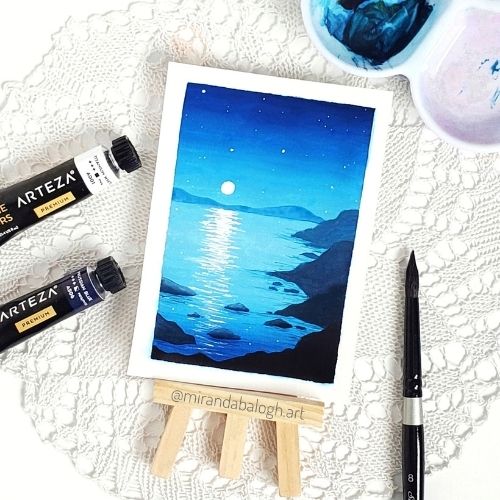
7. Find an Accountability Partner
This last piece of advice is fairly simple.
If you often struggle with motivation or commitment, then perhaps you should consider finding yourself an accountability partner.
This person can be a friend, a spouse, a family member, a co-worker, a neighbour, etc.
All you have to do is let the person know of your intention to make art every day.
Then, follow up with that person once a week. Give them a progress report to let them know how your art is coming along.
If your accountability buddy knows how to give constructive art criticism, then use their advice as a learning opportunity.
Evaluate how your skills are developing. Acknowledge your progress and decide which skills need to be refined.
By having an accountability partner, you’ll more than likely feel encouraged and motivated to check in with that person every week.
Conclusion
By now, you’ve learned about 7 awesome strategies that can help you develop and sustain daily art habits on a consistent basis.
Try a few of these organization and time management tips for artists to see which ones resonate the best with you.
But most importantly, make sure you make time to draw, paint, and create on a regular basis.
Because no amount of preparation and wishful thinking is going to help you develop your art skills if you don’t actually sit down and practice your craft.
So find your daily drawing prompts, get comfortable at your art station or workspace, and have fun getting lost in the creative process.
And in time you’ll come to realize that sitting down to create art is much easier than you ever thought before.
Do you struggle to keep up with a daily art practice? Why or why not? Share your experience in the comments below!
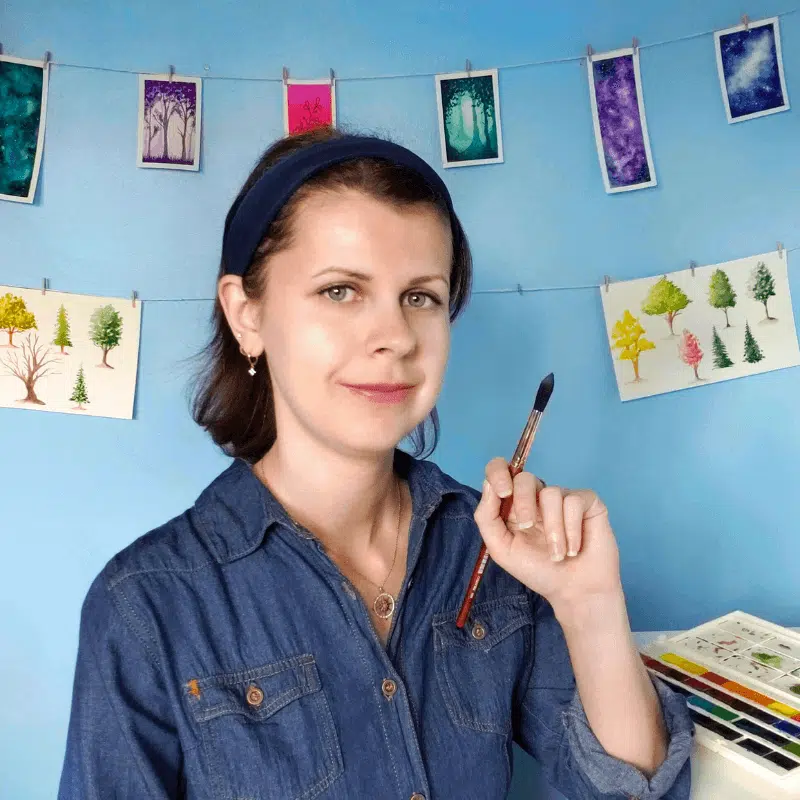
Miranda Balogh
Artist & Online Educator

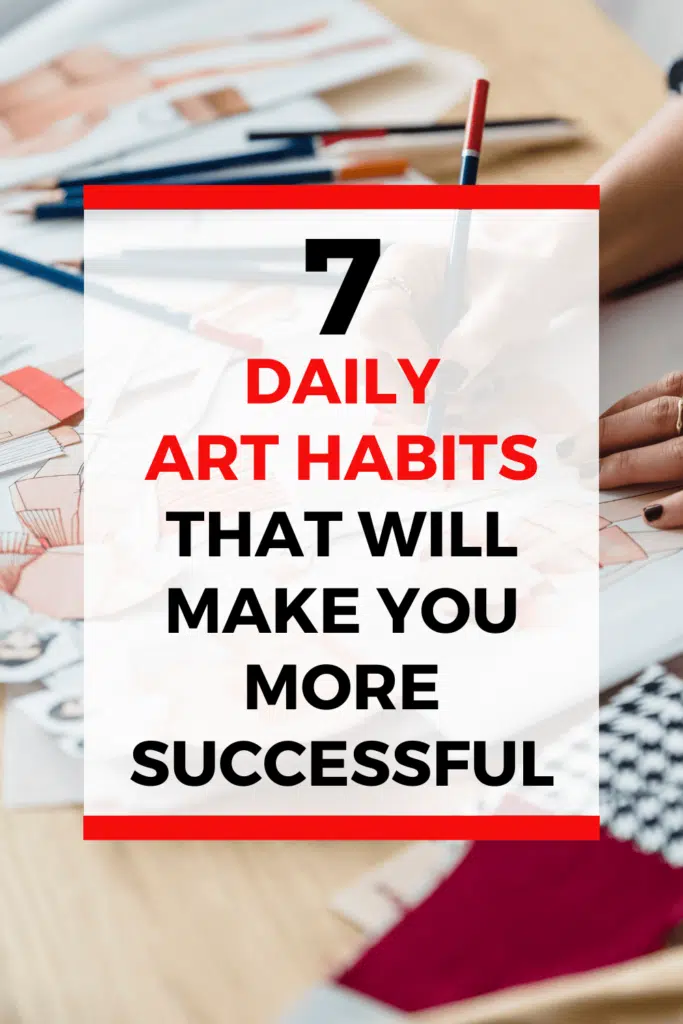
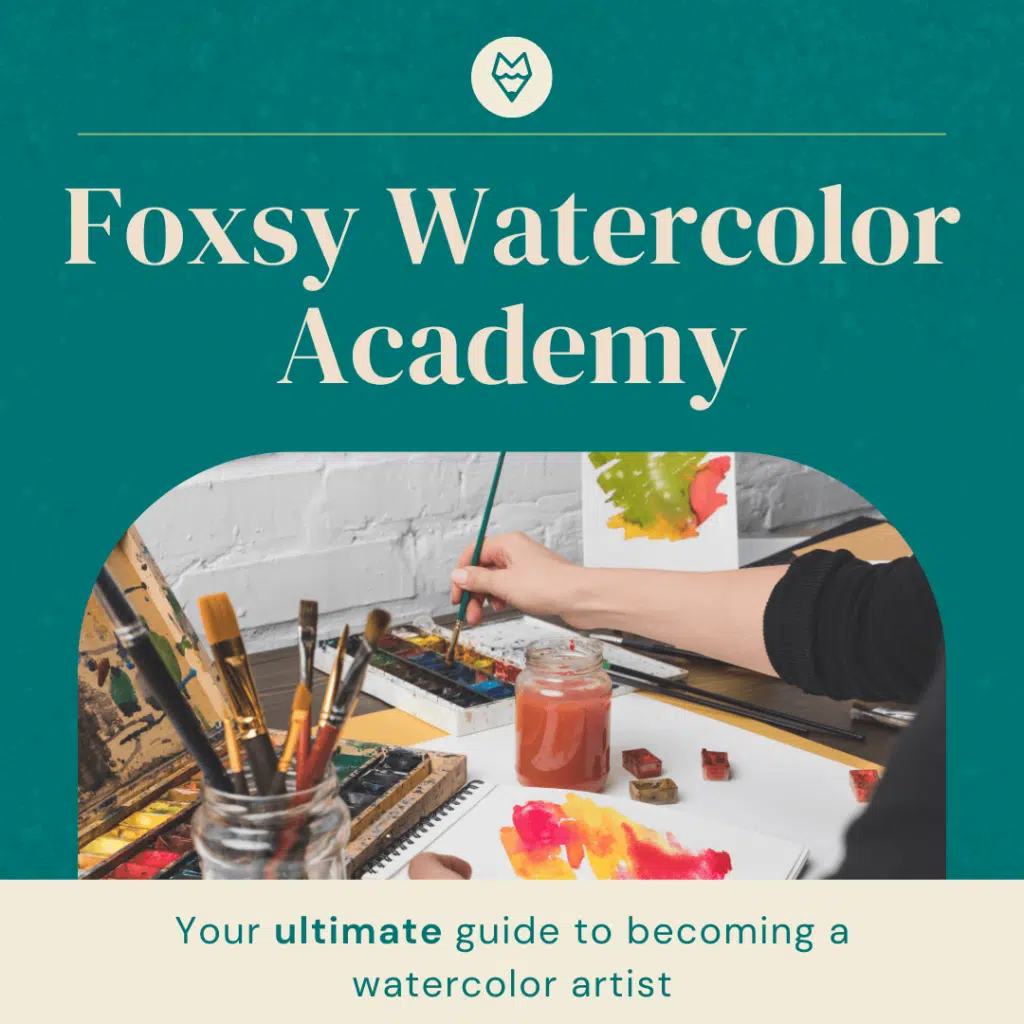
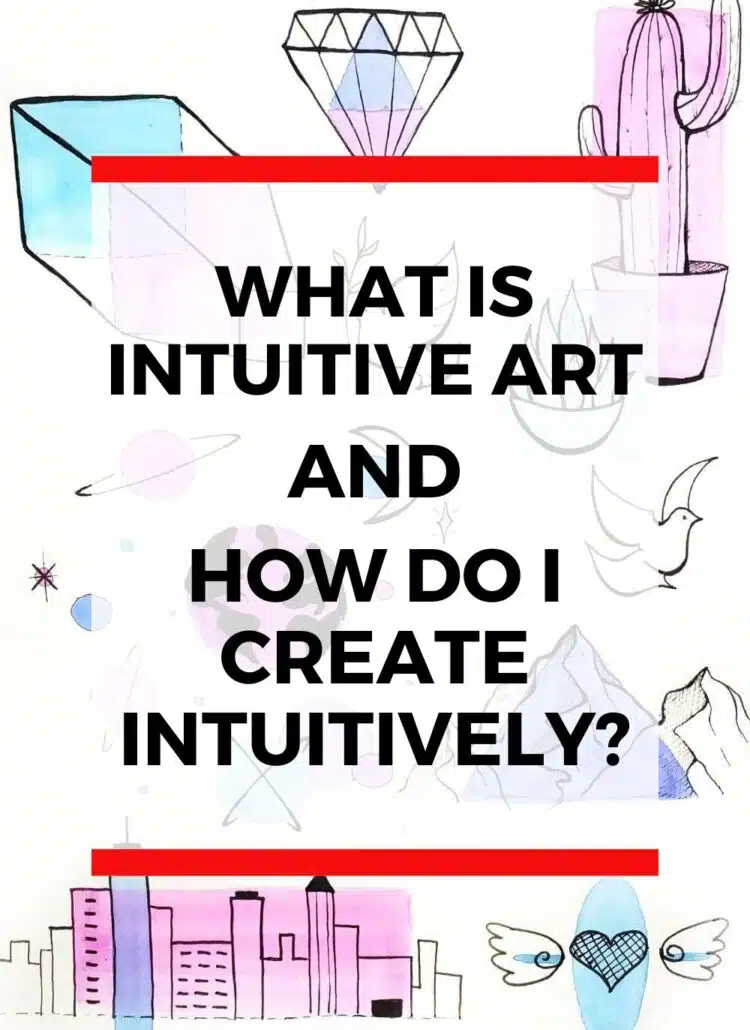
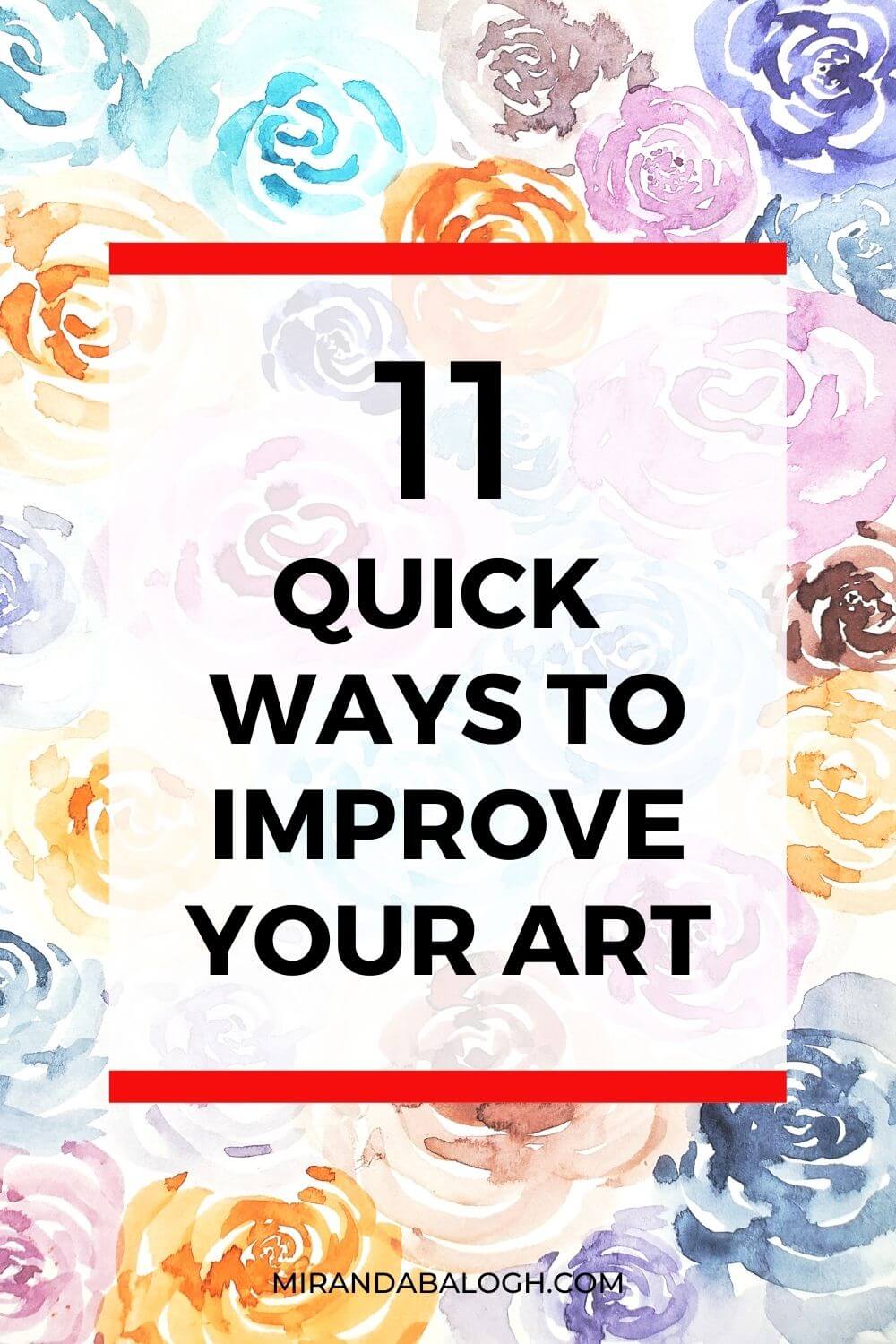
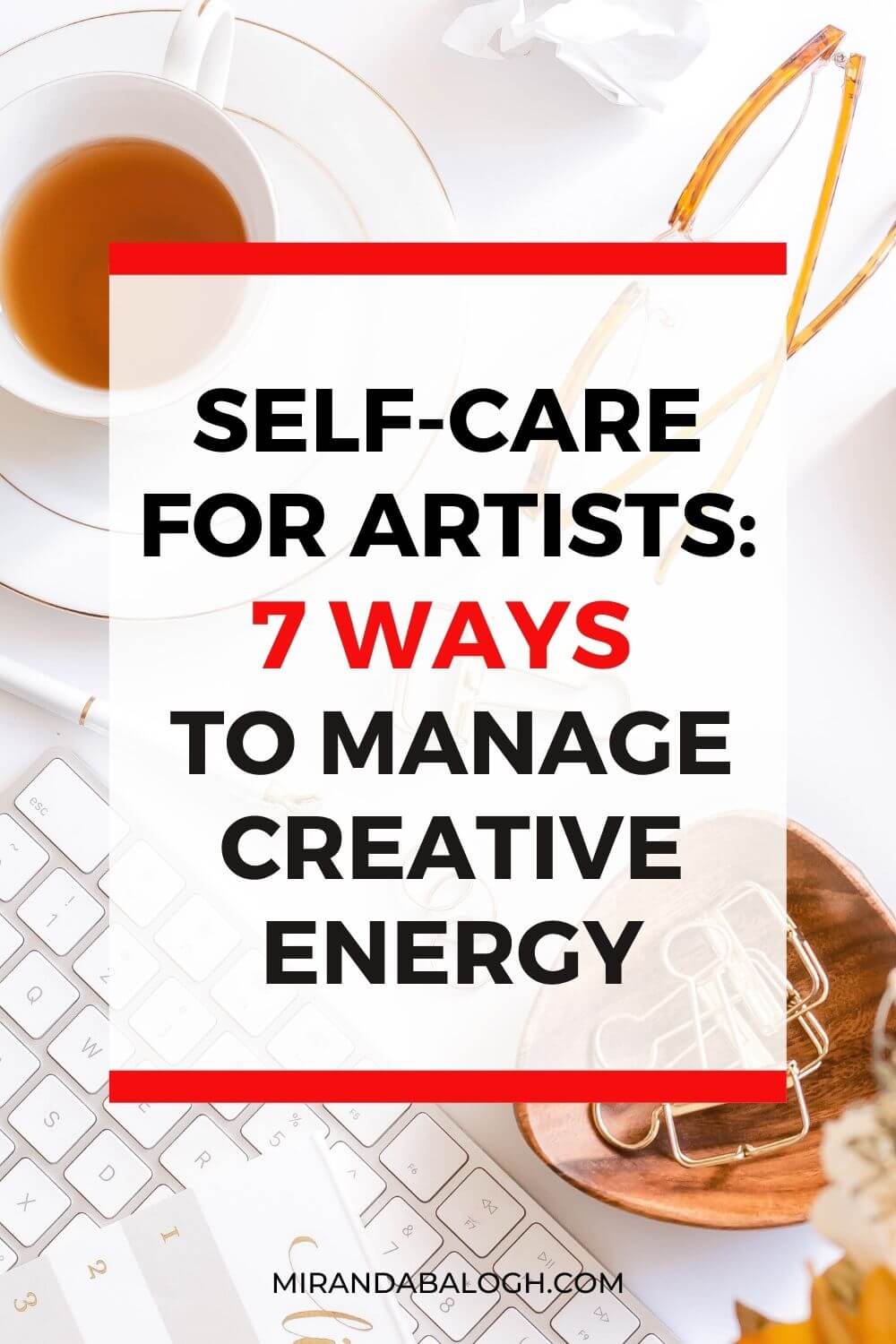

Thanks for the great tips!
You’re welcome!
I absolutely love these ideas! Definitely going to give some of them a try!
Awesome! I’m glad you enjoyed these art habit ideas.
Wonderful tips!
I have participated in Inktober a few times, but admittedly, never made it the whole month.
If I followed all of these tips, I probably would have done better.
Thanks!
Don’t worry, I’ve never made it through all of Inktober either, lol. Then again, in the past I did not have the same discipline that I have now. Maybe we should both apply these tips and try again this year?
I love the idea of making art a daily habit! I’m a big habit tracker person so maybe this is something I’ll put in my June habit tracker!
Me too! Once I put art on my daily habit tracker, I noticed I started drawing or painting much more regularly. So give it a try and I bet you’ll make a daily art habit fairly quickly.
Thank you so much for the great tips Miranda,
I will practice more without focus so much in the perfection then!
Let’s see if I will progress:)
I’m sure you’ll make great progress. Thanks for commenting!
Very good tips and tricks I am going to try these.
Good luck using these tips and tricks!
I love the different themes of drawings for some of the months. Mermay sounds like it would be incredible to see what people come up with.
Oh yes, I’ve seen some incredible Mermay artwork over the years. It’s a lot of fun seeing the art community come together to work on monthly themes, so you should participate in one if you’re interested!
Thank you for all your help, I am quite excited about making a habit of drawing every day. I shall buy myself a pocket sketch book and get started soon.
I’m glad to hear that you’re taking action!
Great tips and I love how simply you put it! Definitely took some notes and going to try this out! As a mom and business owner I always get overwhelmed at the prospect of making my art a regular thing, but like so many, I desperately need to!
Thanks for the great tips!
Sounds like you’re a very busy lady! But I’m sure that with a little bit of strategic planning, you can definitely create a daily art habit. Thanks for sharing!
Am not an Art person but this is such an inspiring post. I have learned so much from the post and got inspired at the same time! Thanks for sharing.
I’m glad that this post has inspired you!
I’m not such a creative person. So I never thought about Possibly using art as a daily habit. Great post!
Give it a try sometime! Even if all you create are little doodles, I’m sure you would have fun making art a daily habit.
I love the idea of making art part of our daily lives. I would love to make art more apart of my day.
I agree! Art and creativity can have such a positive impact on our daily lives.
Thanking you again for your support and from my side is to have strategic planning and to make sure that I focus on it to make it happen
Regards
Malefetsane
You’re welcome! Thank you for taking the time to read this blog post.